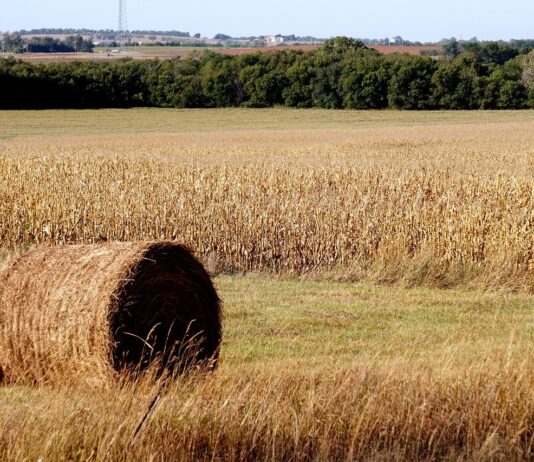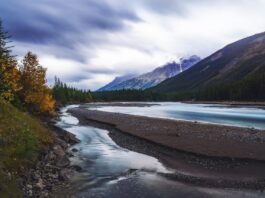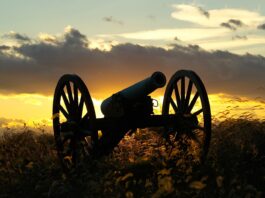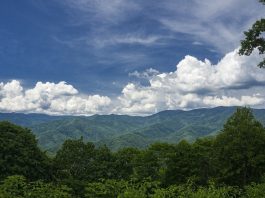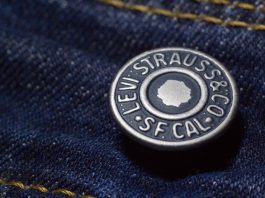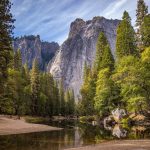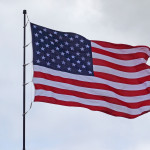Roosevelt brought conservation to the forefront
Theodore Roosevelt's lifelong love of the outdoors, the animals and the natural resources propelled him to foster the conservation of America's landscape.
Washington faced many obstacles in 1794
One of the most difficult obstacles facing George Washington's first administration was that of guaranteeing the loyalty of the West to the Union.
Kanagawa Treaty initiated a new era in the Far East
Kanagawa Treaty marked the end of Japan's 220-year-old policy of national seclusion by opening the ports of Shimoda and Hakodate to American vessels.
Rockwell’s Four Freedoms represented America
In 1943, Norman Rockwell painted the Four Freedoms and instantly became "America's artist in chief."
Moving with a Conestoga or prairie wagon
Learn more about the start of a large migration of Anglo-Saxon pioneers at the end of the War of 1812.
Passenger pigeon became hunted, now extinct
By the 20th century, the passenger pigeon disappeared from the sky above and the earth below. It was extinct.
Invasion of Normandy took careful planning
Learn more about the planning and execution of the Invasion of Normandy — "Operation Overlord" — on June 6, 1944.
American production helped win World War II
Planes, ships and tanks got the most attention, but thousands of other items were no less impressive. Learn more about American manufacturers' role in WWII.
The triumvirate and their great compromise
Learn more about Henry Clay, John C. Calhoun and Daniel Webster and how they made decisions leading to the development of the American nation.
Johnny Appleseed was a steward of the earth
“Johnny Appleseed” entered the pages of American folklore as one of our most popular heroes. This nature boy with the pasteboard hat was named John Chapman.






